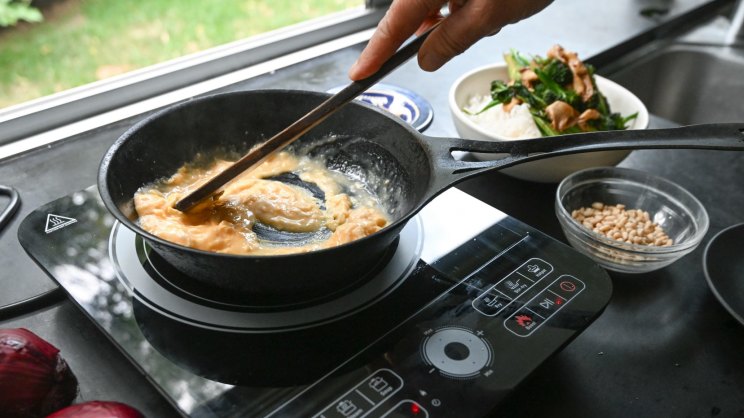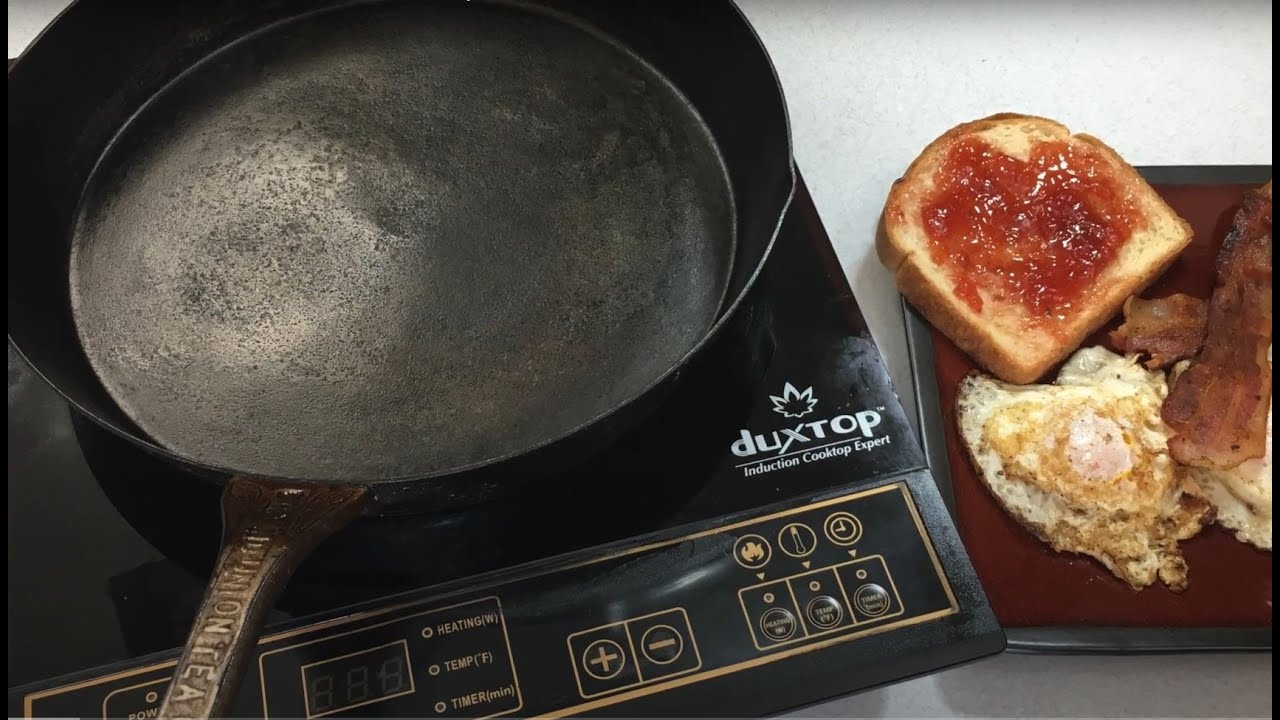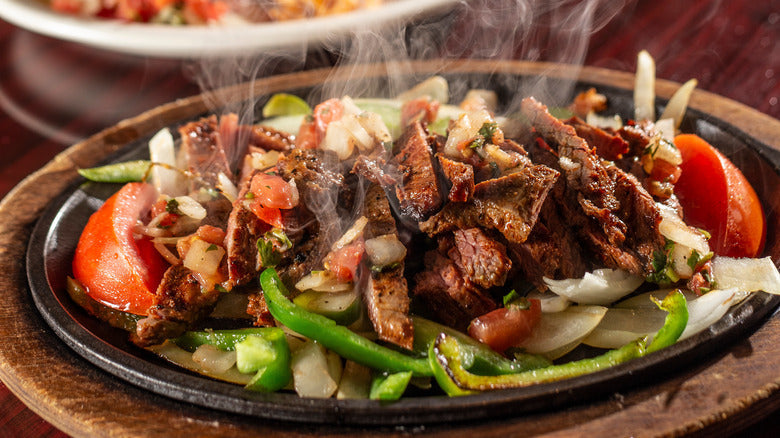In the world of modern kitchens, lightweight cast iron for induction cooking has emerged as a game-changing innovation. This versatile cookware combines the benefits of traditional cast iron with the efficiency and convenience of induction cooking. For kitchen professionals seeking to enhance their culinary creations, understanding the advantages and applications of lightweight cast iron on induction cooktops is essential.

Why Choose Lightweight Cast Iron?
Lightweight cast iron offers a unique blend of durability, heat retention, and ease of use. Unlike its heavier counterpart, it provides the same exceptional cooking results without the strain of heavy lifting. This makes it ideal for busy kitchens where efficiency and speed are paramount. Moreover, its compatibility with induction cooktops adds another layer of convenience.
Benefits of Induction Cooking
Induction cooking is celebrated for its energy efficiency and precision. It uses electromagnetic fields to heat pots and pans directly, significantly reducing cooking times and energy consumption. When paired with lightweight cast iron, induction cooking becomes even more effective. This combination ensures even heat distribution, preventing hot spots and allowing chefs to achieve perfectly cooked dishes every time.
How Lightweight Cast Iron Works on Induction
The magic of lightweight cast iron on induction cooktops lies in its magnetic properties. Cast iron, by its very nature, is ferromagnetic, which means it responds well to the magnetic fields generated by induction cooktops. This interaction creates heat directly in the cookware, rather than the cooktop surface, leading to faster and more controlled cooking.
Comparing Cookware Options
When comparing cookware options for induction cooking, lightweight cast iron stands out due to its unique properties. Unlike nonstick or stainless steel alternatives, it offers superior heat retention and distribution. This ensures that food is cooked evenly and remains warm longer, a crucial aspect for professional kitchens.
Furthermore, compared to stainless steel, lightweight cast iron provides a natural non-stick surface when properly seasoned. This not only enhances the flavor of dishes but also simplifies cleanup, saving valuable time in a high-pressure kitchen environment.
Maintaining Your Lightweight Cast Iron
Maintaining lightweight cast iron is straightforward, making it an attractive option for kitchen professionals. Regular seasoning helps to maintain its non-stick properties and prevent rust. It's advisable to avoid using harsh detergents or metal scouring pads, as these can damage the seasoning layer. Instead, a gentle scrub with a soft brush and hot water usually suffices.
For those interested in learning more about the care and maintenance of cast iron cookware, the high-end cookware guide on Culina Cooks offers insightful tips.
Choosing the Right Induction Cooktop
To fully leverage the benefits of lightweight cast iron, selecting the right induction cooktop is crucial. Induction cooktops come in various sizes and power levels, so it's important to choose one that meets the specific needs of your kitchen. For a comprehensive overview of induction cooktop options, consider visiting Lodge Cast Iron's blog.
Frequently Asked Questions
Is lightweight cast iron suitable for all types of induction cooktops?
Yes, lightweight cast iron is suitable for all types of induction cooktops. Its ferromagnetic properties ensure compatibility, making it a versatile choice for any kitchen setup.
How does lightweight cast iron compare to traditional cast iron?
Lightweight cast iron offers the same cooking benefits as traditional cast iron but with reduced weight, making it easier to handle. It retains heat well and is ideal for induction cooking due to its magnetic properties.
Can I use lightweight cast iron on other heat sources?
Absolutely! Lightweight cast iron is versatile and can be used on various heat sources, including gas, electric, and even open flames. This adaptability makes it a valuable addition to any kitchen's cookware arsenal.
For more insights into cookware performance across different heat sources, check out Consumer Reports.

Conclusion
Lightweight cast iron for induction cooking represents a fusion of tradition and innovation, offering kitchen professionals the best of both worlds. Its ability to enhance cooking performance while being easy to handle makes it an invaluable tool in any culinary setting. By embracing this technology, chefs can continue to deliver exceptional dishes with efficiency and precision.






Leave a comment
This site is protected by hCaptcha and the hCaptcha Privacy Policy and Terms of Service apply.